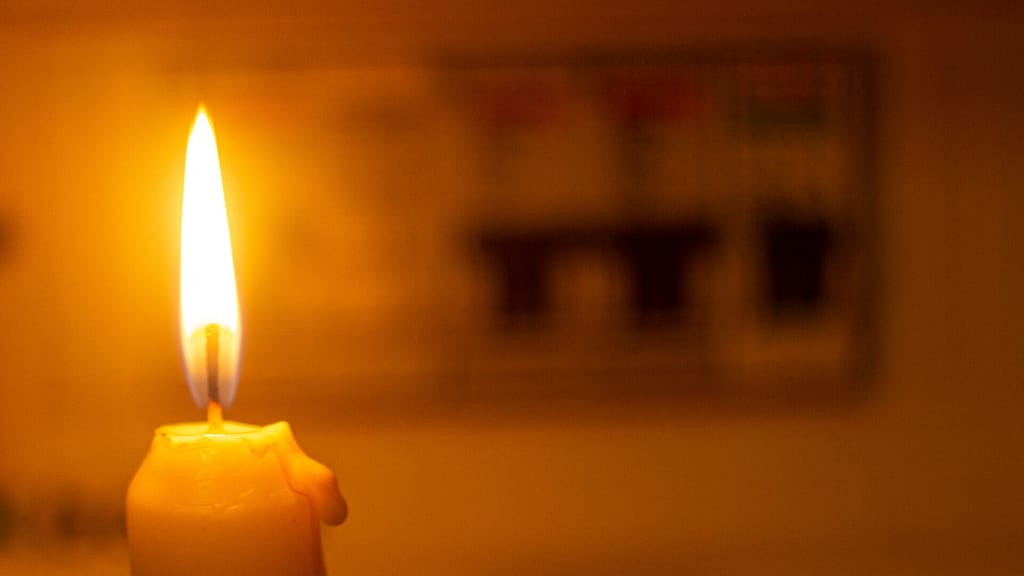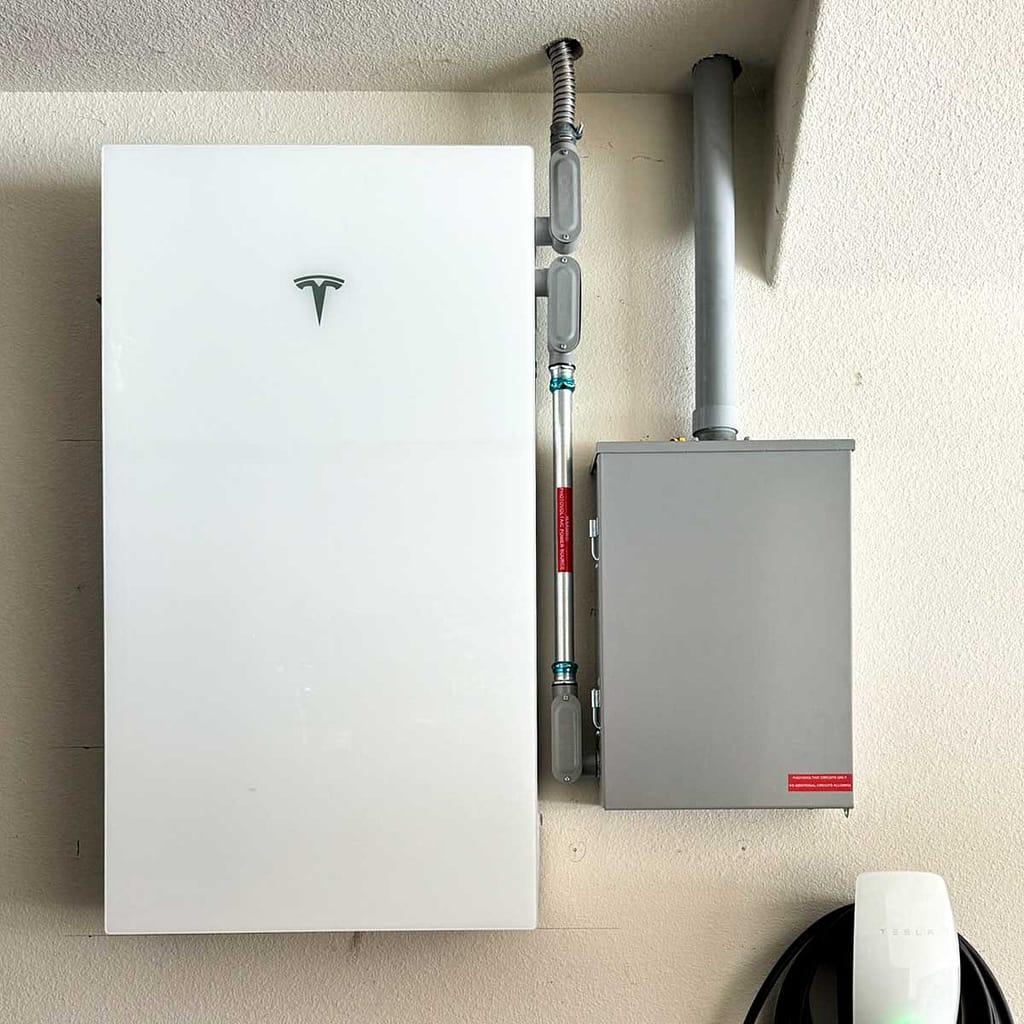Over the last couple of days, the Texas grid has been undergoing a tremendous amount of pressure. Over 3 million Texans were left without power, some for more than 3 days straight (and counting). All this was the result of a record amount of demand all due to the extreme weather conditions, failing generation assets like generators and wind turbines, and the failure of the grid operator to winterize the electric infrastructure on the grid. Understanding how to survive Texas blackouts is crucial in these situations.

Embracing Solar Power and Energy Storage
So, what’s the solution? Distributed solar power and energy storage.
Personal Resilience: Tesla Solar Roof and Powerwall
I have a Tesla Solar Roof combined with the Tesla Powerwall (backup battery). The backup battery is connected to the Tesla gateway (the gateway is where the automatic transfer switch and communications gateway is located). When a power outage occurs, the backup gateway’s main breaker intercepts the power loss and keeps my home powered without interruption. While the Texas blackouts occurred throughout the state and my neighborhood, my home continued to provide warmth and comfort to my family.
Solar Generation and Grid Contribution
At the time of writing this, (covered in snow) my solar roof was generating more than 4.5kW. My home was taking in 0.5kW, meaning I was back feeding the grid by exporting 4kW to it (#feedingthetexasgrid).
Storm Watch Feature of the Powerwall
One incredible feature of the Powerwall is Storm Watch. This feature detects incoming storms by checking alerts from the National Weather Service. If there is an incoming storm, this mode allows me to fully charge the backup battery from the grid in preparation of a power outage. This allows me to charge my backup battery through the grid at 3.3kW per hour. If my battery is at a 0% state of charge, it will take ~4 hours to get it to 100%.

Demonstrating Resilience
As the power outages ensued, I had about 6 hours of power losses, but my backup batteries continued to provide me with energy. When the sun came back up, the solar roof started to trickle charging my batteries, allowing them to work with perpetuity. Then, when the grid came back on, they started charging from the grid (under storm watch).
Building a Sustainable Future
This is a perfect example of how going solar power and energy storage is building the resiliency that we need to support our electric grid and make sure that it can sustain itself (right now it is showing that it can’t). So solar, storage, and these distributed systems are the KEY to a more sustainable future.
Conclusion: Energy Security and Peace of Mind
This gives me energy security and peace of mind – there’s no ROI on that.
Fact checked by Jacob Petrosky – 4/25/2024